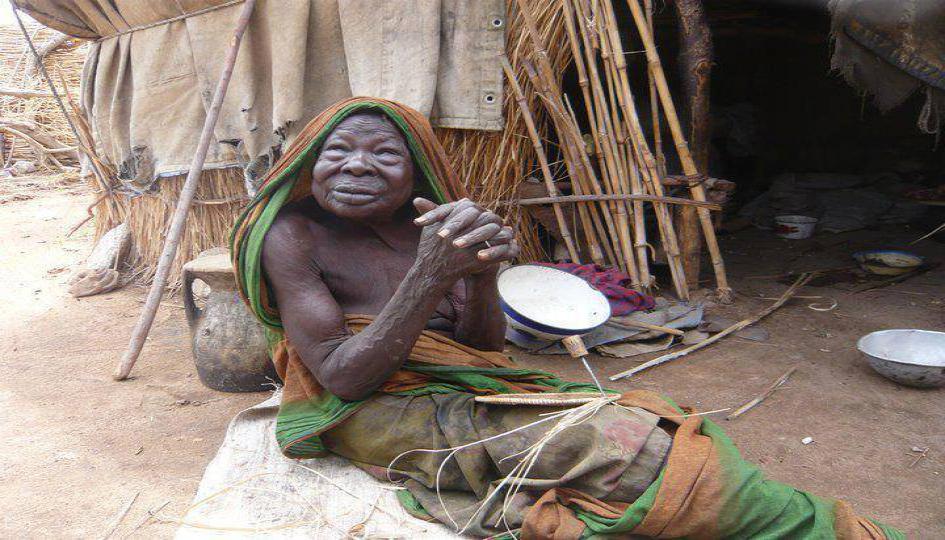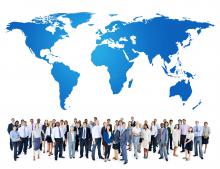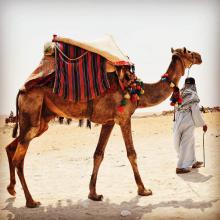
Every early person notes the continuous increase in the population worldwide, including the increase in the number of the elderly, and this is due to the health development that the world is witnessing in general with a relative disparity in this matter between the economically developed countries and the underdeveloped countries. Advanced health care leads to a decrease in deaths, especially among children, and this directly works to achieve this population increase in all different age groups of the population pyramid of the world in general and for some countries in particular. And the elderly category, who are included in the steady increase in number and in a clear way, the population statistics indicators show the imbalance of the shape of the population pyramid in some countries, and that the inflation of the top and middle of the population pyramid year after year, and the matter has come in some Western countries to the point of believing in the population pyramid inversion due to:
The increasing number of elderly people and fewer births.
High life expectancy (age).
The development of health services provided to the elderly.
As a natural result of these three things, the need to pay attention to the elderly category arose, and this interest is more frequent in Western countries than in third world countries, and this is due, as mentioned above, to the increasing number of elderly people in Western societies more than in other countries of the world.
According to United Nations reports, the demographics of the world are dominated by the elderly, and it is expected that in the next fifty years the number of elderly will increase about fourfold. By the year 2050 AD, there will be one elderly person out of every five people, while the proportion of children will decrease from (33%) to (20%), and by the year 2150 AD, it is expected that one-third of the world’s population will be of sixty years of age or more, and in some developed countries birth rates have fallen below replacement levels, and therefore the number of older people now outnumbers the number of children. This increase in the percentage means a decrease in the percentage of productive individuals in society, in addition to what is required to provide greater services in the health and social fields, and the increase in the number of centenarians and the accompanying decrease in the percentage of children, especially in developed countries, leads to a high rate of boredom, anxiety and psychological imbalances. For centenarians because of their sense of loneliness and loneliness. Thus, we find that long life, which until the beginning of the present century was considered a great blessing, has become a challenge to the human path in general. The fastest-growing segment among the elderly is the segment of the most advanced in age, that is, in the age of eighty and above, and their number is now 70 million. It is noteworthy that the elderly women worldwide outnumber the elderly, and increasingly in the advanced stages of age, and it is estimated today that there are (81) men for every (100) women over the age of sixty, and this percentage decreases further at the age of eighty and above to reach (53) men for every (100) women. This global demographic shift will have profound effects on every aspect of the lives of individuals, communities, and life at the national and international levels, and every aspect of humanity, social, economic, political, cultural, psychological and spiritual, is being developed by the body to revitalize all its parts.
Many people use the word “Al-Kahl” and mean old people with it, and in this usage they are referred to by many writers who use “Al-Kahla” in this sense.
Dr. Aziza Suleiman Ali, Consultant of Internal Medicine, Cardiology and Geriatrics






